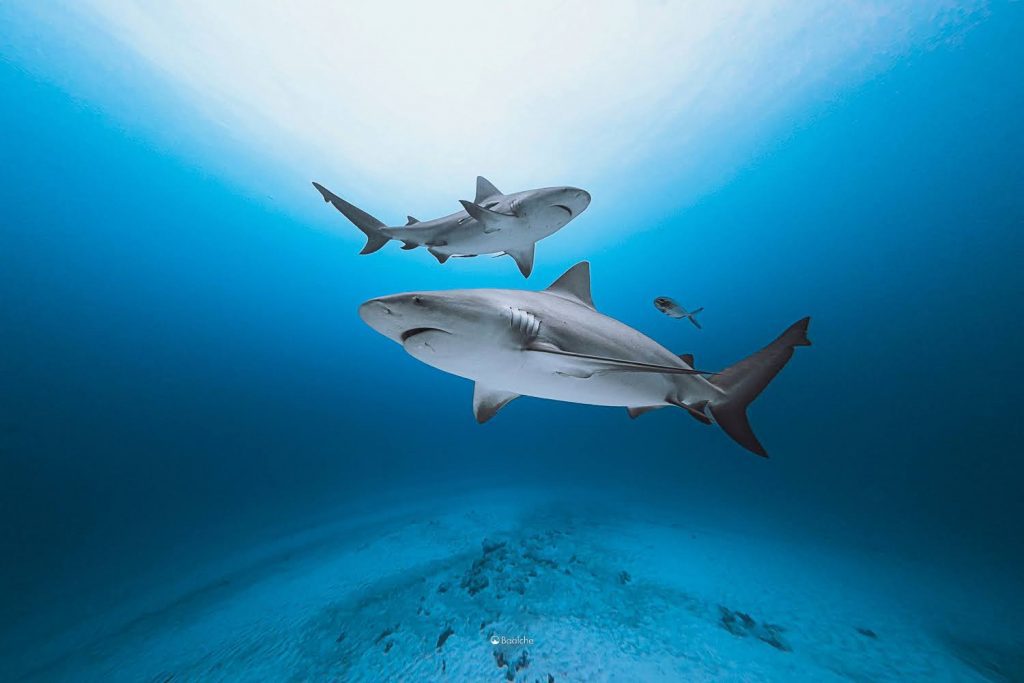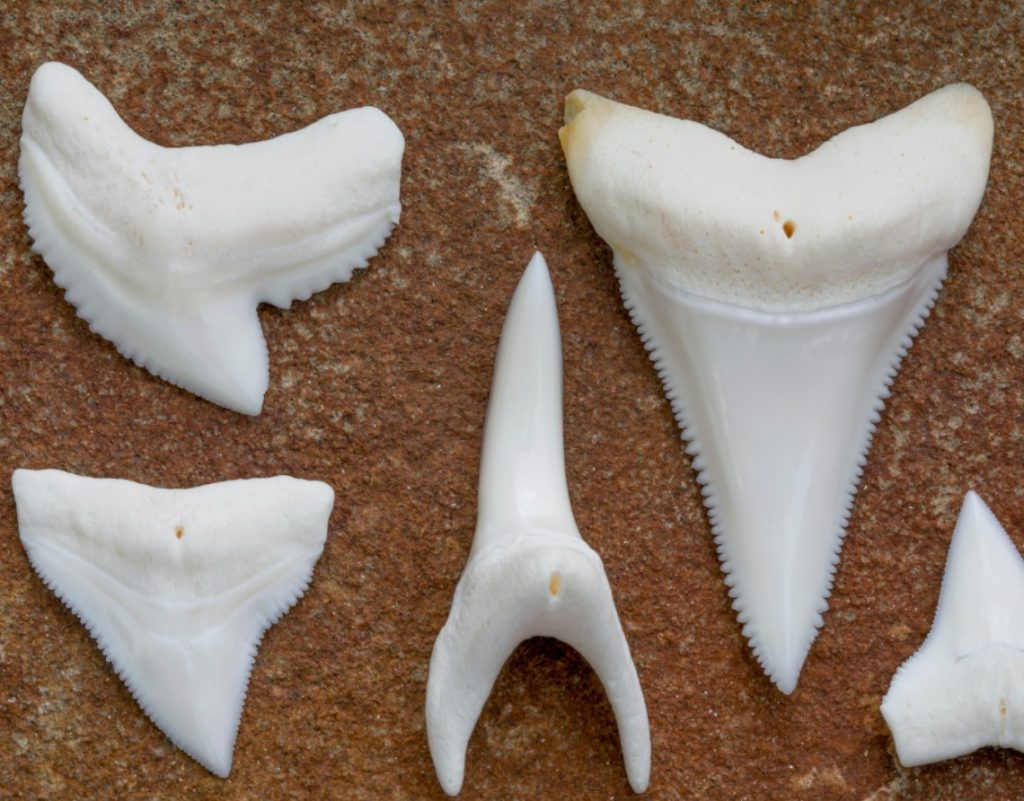Valentine’s Day is a perfect opportunity to reflect on the beauty of the effort required for the survival of a species. So why not make it a love-filled and educational day by learning more about sea turtles?
Sea turtles are known for their long journeys across the ocean. These vast migrations take place between feeding grounds and reproductive areas, so they are dependent upon multiple habitats throughout their lives to survive.
Did you know that the types of food that sea turtles feed on vary depending on the species? For instance, green turtles feed primarily on seagrass, while hawksbills are known to feed on sponges. Loggerheads, on the other hand, are carnivorous and feed on a variety of animals, including crustaceans and mollusks. Without access to these diverse habitats, sea turtles may struggle to find enough food and complete their migrations.
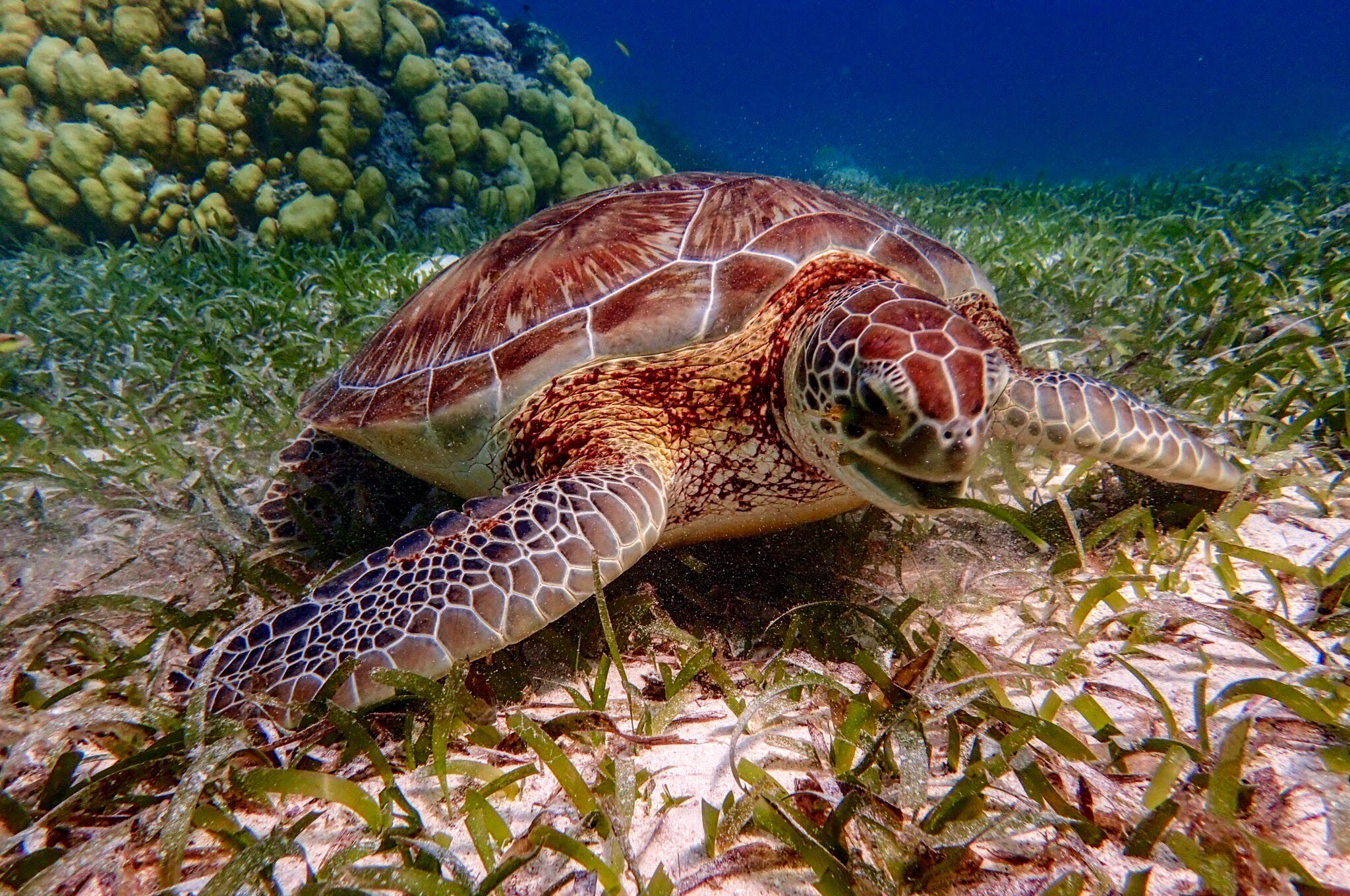
Moreover, every year, thousands of female sea turtles embark on a journey to lay their eggs on sandy beaches. This process requires a significant amount of effort, as they must navigate dangerous waters, avoid predators, and locate a suitable nesting site. Before the journey, females must also eat enough to store up the energy requirements not just to survive, but to also find a mate, and lay hundreds of eggs upon arrival. Although female turtles can make journeys across oceans, they often return to the same beach where they were born to lay their own eggs. The outcome of this journey is vital for the survival of the species.
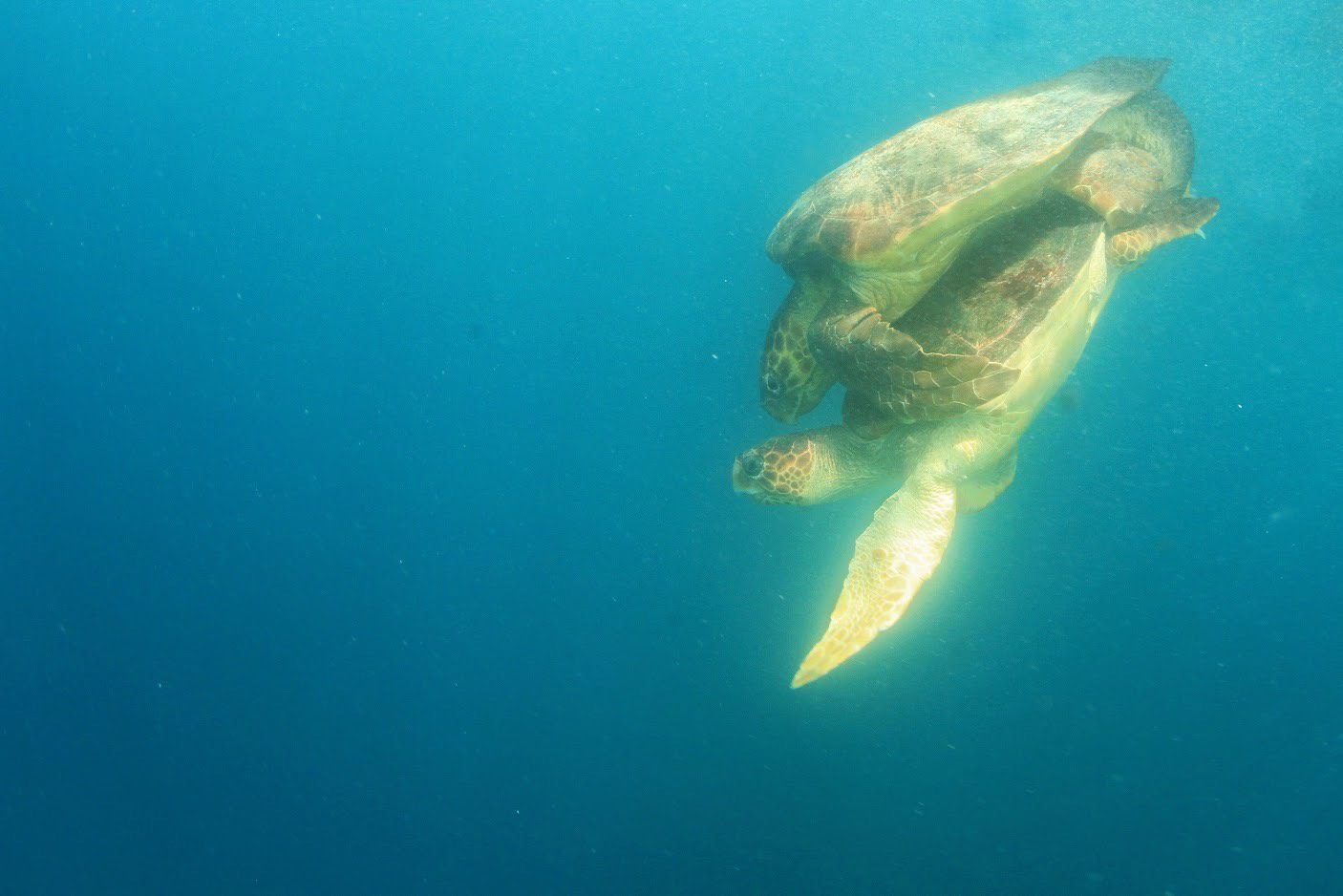
The new hatchlings must then make their way to the relative safety of the ocean, while continuing to face challenges such as avoiding predators and navigating unfamiliar terrain on instinct alone. The preservation of nesting beaches is crucial for the survival of sea turtle species. These beaches provide the ideal environment for female sea turtles to lay their eggs, but if they are polluted or disturbed, it can make it difficult for sea turtles to successfully nest and reproduce. Light pollution from nearby buildings can also confuse the baby turtles, causing them to go away from the sea, and putting them at more risk of predation from land predators.
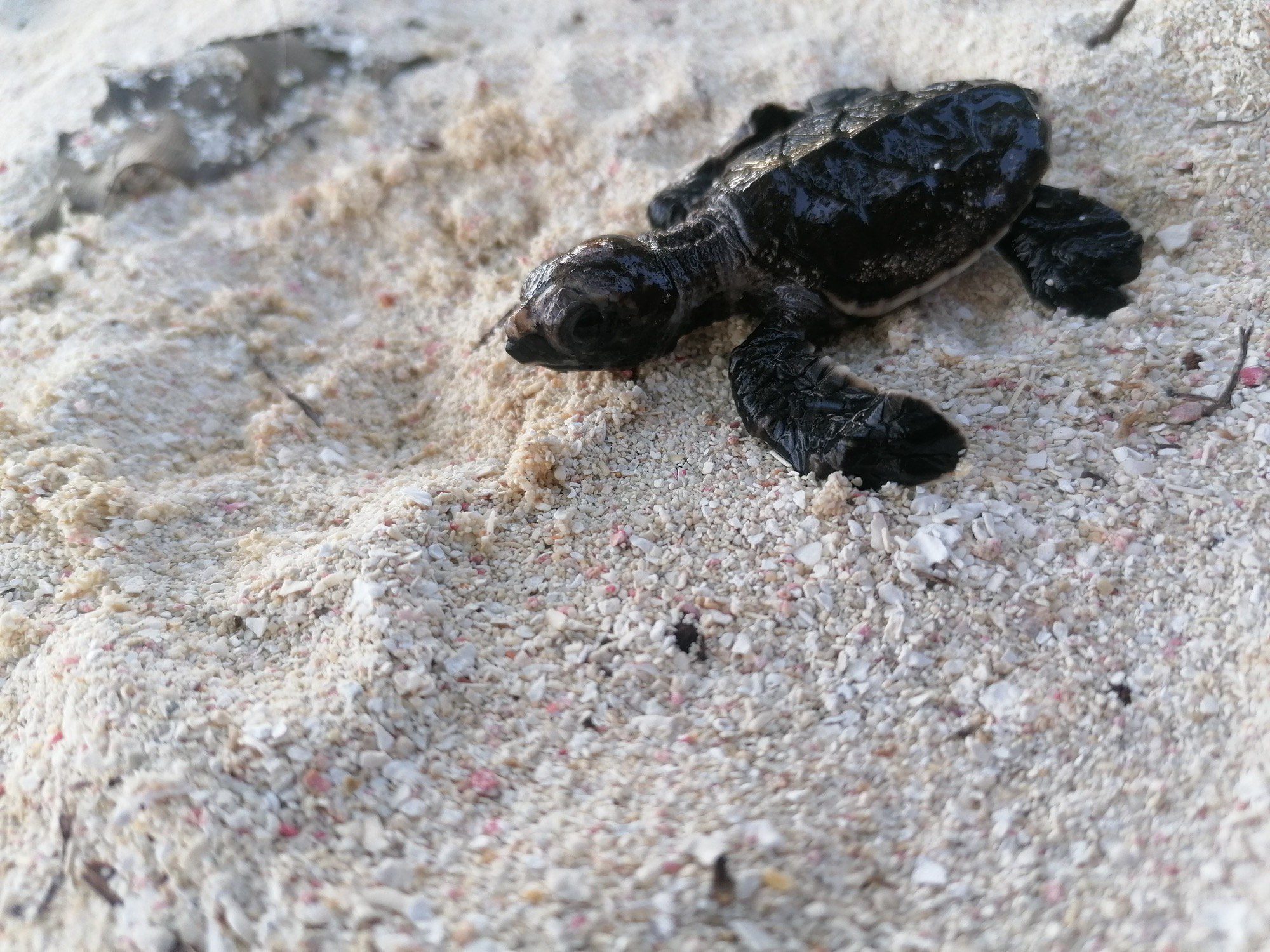
Protecting both feeding and nesting habitats is vital for the continuation of sea turtle journeys and the preservation of these magnificent creatures.
Happy Turtle-y Valentine’s Day!

